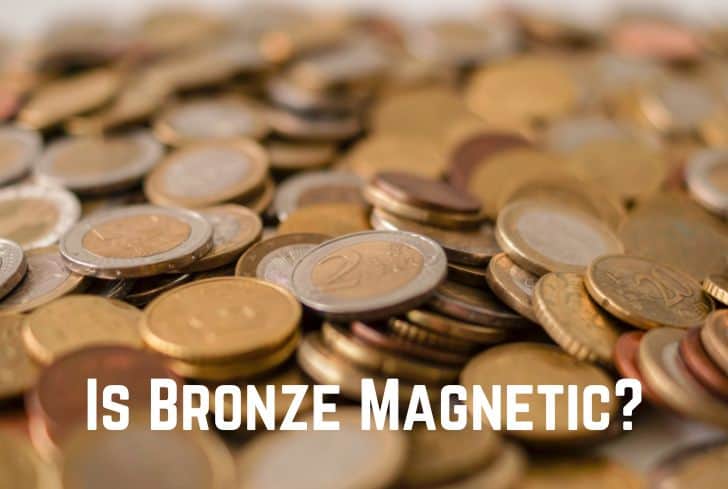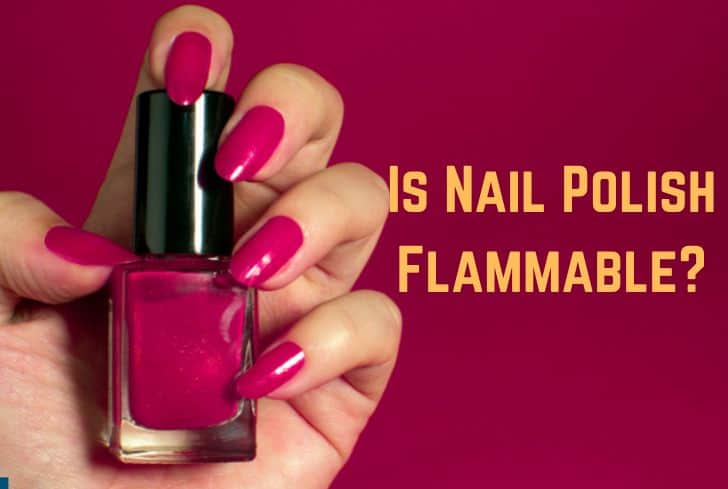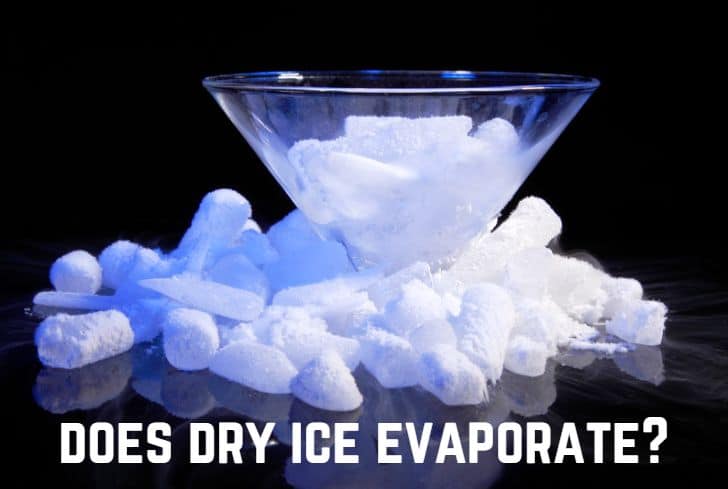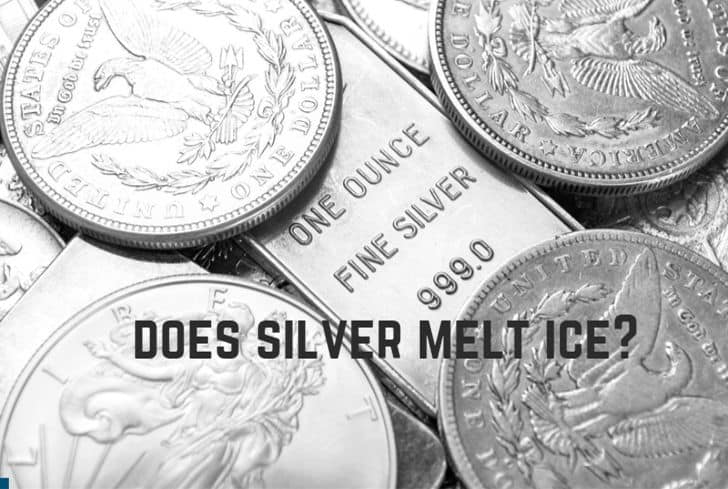Is Bronze Magnetic? (Answered)

Bronze is an alloy consisting of copper mixed with about 12-12.5% tin and other metals like aluminum, manganese, nickel, etc. It sometimes also includes non-metals such as phosphorus and metalloids like silicon. Because of the various additions, these alloys are usually stronger than copper alone and have other useful properties like ductility or machinability.
Have you ever wondered if bronze is magnetic? In this article, we are going to discuss just that. We will begin with the properties and uses of bronze. Then we will talk about its magnetic properties in detail. We will also discuss different bronze alloys like aluminum bronze, manganese bronze, etc.
Read: Is Aluminium Magnetic?
Is Bronze a Magnetic Material?
No, bronze is not magnetic. It is mostly made up of copper, which is a diamagnetic material and does not have free electrons. Its other major constituent, tin, is paramagnetic, but it still does not affect the overall magnetism of the alloy.
Let us first understand what magnetism is. Magnetism is a force caused by the motion of electric charges. Every substance is made up of atoms. These atoms have electrons (particles that carry an electric charge) that circle the atom’s centre, called the nucleus.
In most substances, equal numbers of electrons spin in opposite directions. This cancels out their magnetism, and they are not attracted to a magnetic field. These include things like cloth, wood, paper etc. and are called diamagnetic.
However, in some substances like iron, the electrons spin in the same direction. This allows their magnetic fields to combine, and it produces a magnetic field extending beyond the atoms. These objects are strongly attracted to magnets and are called ferromagnetic.
Bronze is largely made up of copper, which is a diamagnetic material. It does not have free electrons and is therefore not attracted to magnets. Bronze’s other constituent, tin, is a paramagnetic material. It has some unpaired electrons and is weakly attracted to magnets.
However, when copper and tin combine into an alloy, their unpaired electrons pair up. Hence Bronze is non-magnetic.
Properties and Uses of Bronze
These are the properties of bronze:
- Bronze is usually highly ductile, meaning that it can be drawn into thin wires. It is brittle but less so than cast iron. Bronze also exhibits low friction against other metals, which why is why it was widely used to make cannons.
- Many bronze alloys have the unique property of expanding a little when transforming from a liquid to a solid. This is quite desirable for sculpture casting as it helps fill up the mold. As the bronze cools, it shrinks a little, making it easy to separate from the mould.
- When exposed to air, bronze oxides. But this patina is only on the outer layer and consists of copper oxide (which eventually becomes copper carbonate). It protects the interior metal from corrosion. However, chlorides (like in seawater) can create copper chlorides, causing “copper disease”—corrosion seeps through and destroys the metal.
- Striking bronze against a hard surface does not create sparks, unlike what happens with steel. This is why bronze is great for use around flammable/explosive materials.
- Bronze is a good conductor of electricity. It is largely made up of copper, which is one of the best metallic conductors at room temperature. Bronze, being a copper-based alloy, has a lower melting point than steel or iron: usually, it is about 950 °C (1,742 °F).
These are the uses of Bronze:
- Bronze is widely used for casting sculptures. Bronze alloys have the unique property of expanding a little just before they are set, which makes them fill the mould perfectly. Bronze statues were considered the highest form of sculpture in Ancient Greek art.
- Bronze has been used to make coins. Most copper coins are made up of bronze, consisting of copper with 4% tin and 1% zinc. For centuries, bronze has also been used to create medals.
- Before the use of stainless steel, bronze was widely used in boat and ship fittings because of its toughness and resistance. It is still used in ship propellers and submerged bearings.
- Bronze is also used in musical instruments. Phosphor bronze is ideal for precision-grade bearings and springs. Hence, it is used to create guitar and piano strings. Bronze is also the preferred material for bells and cymbals.
- Bronze also has several industrial uses. Due to its toughness, bronze is used to create bearings, electrical connectors, and springs. In woodworking, bronze wool is used instead of steel wool because it doesn’t discolour oak.
Why is Bronze Not Magnetic?
Bronze is not magnetic because it is largely made up of copper, which does not have free electrons and is therefore a diamagnetic material. Bronze also contains tin, a paramagnetic material, but it does not affect the overall magnetism of the alloy.
Copper has a stable electron configuration of [Ar] 3d¹⁰ 4s¹. It does not have any unpaired electrons, so it is diamagnetic and is not attracted to magnets. Tin’s electronic configuration is [Kr] 4d¹⁰5s²5p².
Read: Is Zinc Magnetic?
It has two unpaired electrons, so it is paramagnetic. Paramagnetic materials have some dipoles that are not aligned with the direction of the applied magnetic field. These obstruct the magnetic fields created by the aligned dipoles, so paramagnetic materials are slightly attracted to external magnetic fields.
However, when these two combine into an alloy, the free electrons pair up together. Because of the lack of free electrons, the alloy effectively loses its magnetism. Therefore, bronze is not magnetic.
Is Cast Bronze Magnetic?
No, cast bronze is not magnetic. It is molten bronze used to create sculptures and objects. But the composition of bronze does not change upon melting it and its electronic configuration also remains the same. So, just like bronze, cast bronze is also not magnetic.
Bronze casting is the process of pouring molten bronze into a hollow mold to create a sculpture or object. There are different methods of bronze casting like sand casting, lost wax, and ceramic shell. This process is used to create medals, instruments, sculptures, etc.
Melting bronze does not affect its chemical composition in any way. Its electronic configuration remains the same. It does not have any free electrons, therefore it is not attracted to magnets.
Check out this video to see the casting process of bronze.
Is Aluminium Bronze Magnetic?
Aluminium bronze is weakly magnetic. Although bronze itself is non-magnetic, aluminum’s presence here changes things. Aluminium is a paramagnetic material, meaning that it is weakly attracted to magnets, and it imparts the same property to this alloy.
Bronze is made up of copper and tin. Copper has a stable electronic configuration and is diamagnetic. Tin is paramagnetic, but its few unpaired electrons get paired up when it combines with copper. So, bronze is effectively non-magnetic.
However, aluminum is a paramagnetic material, and it has a composition similar to that of ferromagnetic materials. They have unpaired electrons in their partially filled energy orbitals. They also have some dipoles that are not aligned with the direction of the applied magnetic field.
The unaligned dipoles obstruct the magnetic fields created by the aligned dipoles, and because of this, paramagnetic materials are slightly attracted to external magnetic fields. Therefore, a paramagnetic material like aluminum behaves like a weak magnet.
Aluminium imparts this weak magnetism to the alloy. So, aluminum bronze is weakly attracted to magnets.
Read: Is Gallium Magnetic?
Is Phosphor Bronze Magnetic?
No, phosphor bronze is not magnetic. Bronze itself is a non-magnetic material. The addition of phosphor does not change anything because phosphor is also a diamagnetic material.
Phosphor has a stable electronic configuration of [Ne] 3s² 3p³. Since it does not have any free electrons, it is a diamagnetic object. So, when they are combined, phosphor and bronze remain non-magnetic.
Therefore phosphor bronze is not attracted to magnets.
Is Silicon Bronze Magnetic?
No, silicon bronze is not magnetic. Silicon is not magnetic because of its chemical composition: it forms covalent bonds and has closed shells. Bronze is also non-mangetic. So, their alloy is also not attracted to magnets.
Silicon’s crystal structure forms covalent bonds, and it has closed shells & subshells. There is no permanent magnetic dipole in each constituent atom, and therefore it is non-magnetic.
Since both silicon and bronze are non-magnetic, their alloy is also not attracted to magnets.
Is Manganese Bronze Magnetic?
Manganese bronze is weakly magnetic. This is because manganese is a paramagnetic material. Bronze itself does have free electrons, so it is non-magnetic, but the presence of manganese here makes the alloy slightly attracted to magnets.
Manganese has an electronic configuration of [Ar] 3d5 4s2. It has unpaired electrons in its 3d orbital, so it is a paramagnetic material, which is weakly attracted to magnets.
Bronze is a non-magnetic material. But when it is combined with manganese, it acquires the paramagnetism of the latter. Therefore, manganese bronze is weakly attracted to magnets.
Read: Is Pewter Magnetic?
Conclusion
In this article, we have looked at the magnetism of bronze. Bronze is largely made up of copper, which is a diamagnetic material, and therefore bronze is not attracted to metals. We looked at the properties and uses of bronze. We discussed its magnetic properties in detail. Finally, we talked about various bronze alloys such as aluminium bronze, phosphorus bronze, etc.






